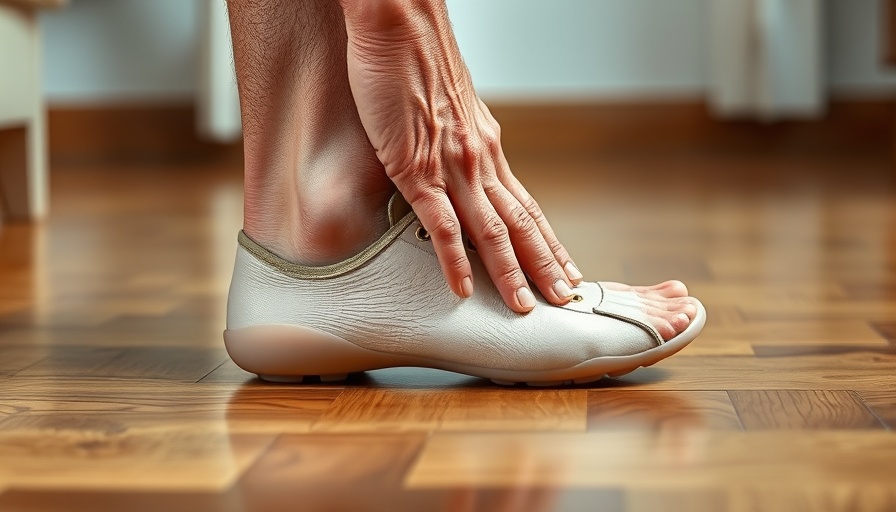
Understanding Leg Swelling in Aging: Why It Matters
As we age, many of us may notice swelling in our lower legs, commonly referred to as leg edema. While this condition can be frustrating, it is often not dangerous. However, it's crucial to recognize when this symptom might be indicative of a more serious health issue. For older adults, leg swelling can hinder mobility and lead to skin problems. Understanding the causes and symptoms of this condition is a vital step towards maintaining good health in our golden years.
How Does Edema Happen?
Edema occurs when excess fluid accumulates outside of blood vessels in the interstitial spaces of the body. This is often visible in the legs, where pressure builds up beneath the skin. Factors such as “leaky” blood vessels, low protein levels in the blood, and fluid overload all contribute to edema. This accumulation can stem from various underlying health conditions, ranging from heart issues to kidney disease. Therefore, a close examination of any persistent swelling is essential.
Common Causes of Swollen Legs in Older Adults
For many seniors, leg swelling can be linked to multiple factors. Certain medications, particularly those used to treat high blood pressure and arthritis, may act as side effects leading to fluid buildup. Other common causes include hormonal changes, sedentary lifestyles, and dietary factors such as high sodium intake. Each of these elements plays a significant role in how our bodies manage fluid retention as we age.
Evaluating Leg Swelling: When to Seek Help
It is essential for seniors experiencing leg swelling to undergo a medical evaluation. This involves discussing symptoms with healthcare providers who may consider factors like the duration and severity of the swelling, or any accompanying symptoms such as pain or redness. Awareness of these factors can lead to earlier identification and treatment of underlying conditions.
Tips for Prevention and Management of Leg Edema
Managing leg swelling involves both preventive measures and treatment strategies. Staying active with regular exercises that promote circulation, such as walking or swimming, is vital. Additionally, elevating the legs when sitting or using compression socks may significantly reduce swelling. It is also beneficial to monitor one's salt intake and ensure proper hydration.
Conclusion: Taking Charge of Your Health
Understanding leg swelling is crucial for older adults and their families. While it may often be a benign issue, significant swelling requires attention. Seniors should stay informed about prevention methods and treatment options to maintain health and mobility. If you or a loved one experiences persistent leg swelling, consult with a healthcare provider to discuss possible causes and treatments. Awareness is the first step in ensuring better health outcomes during aging.
 Add Row
Add Row  Add
Add 




Write A Comment